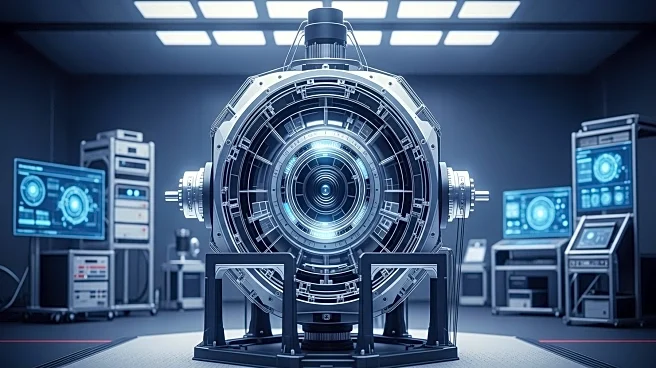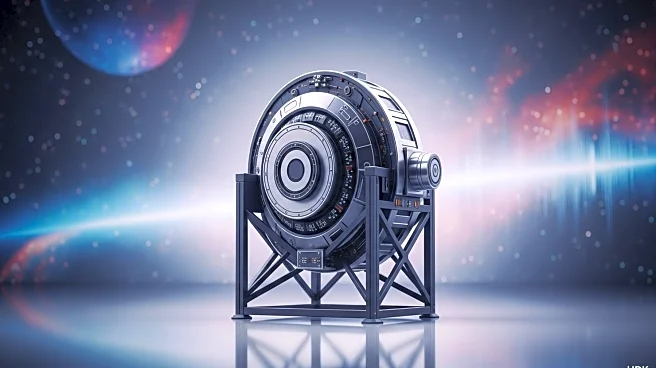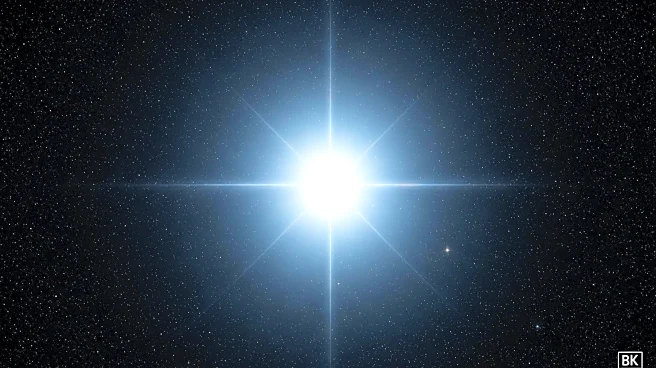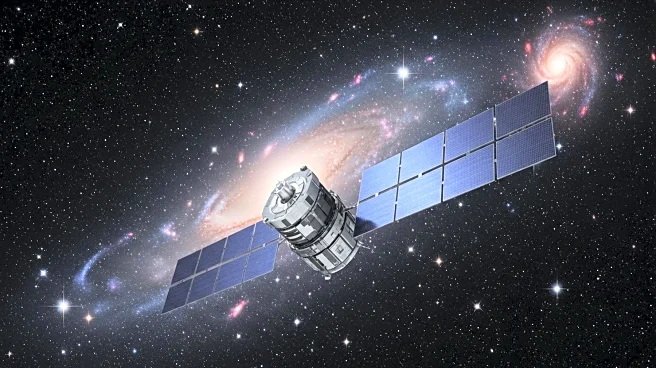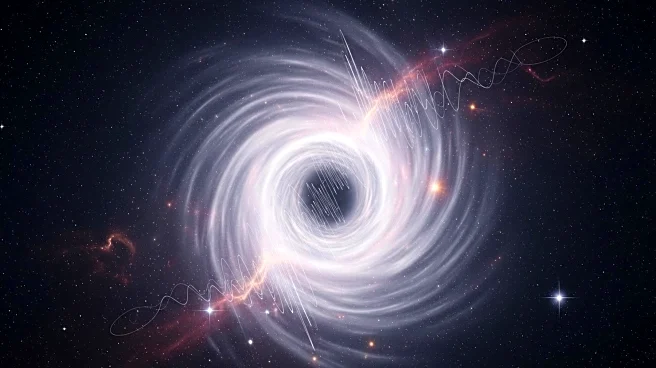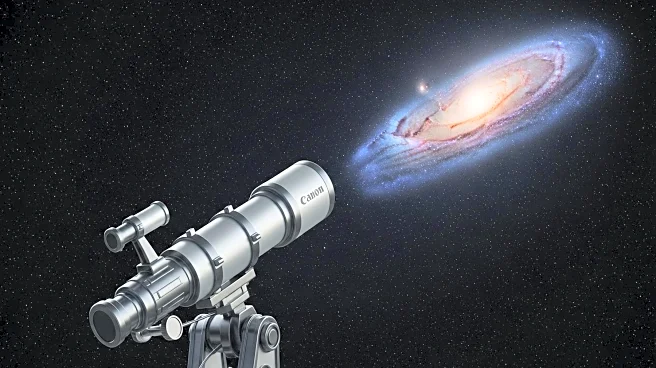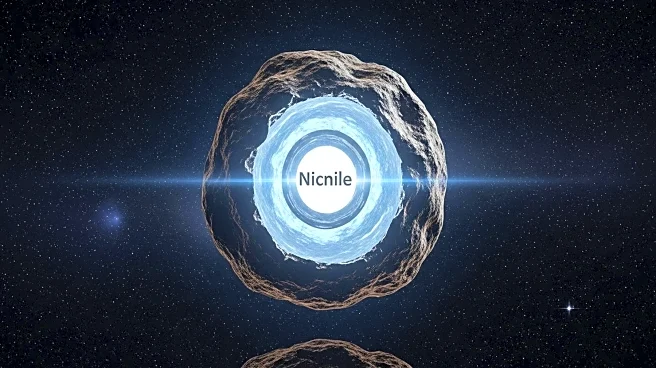What's Happening?
Researchers at the Universities of Birmingham and Sussex have developed a new detector concept that could unveil gravitational waves in the milli-Hertz frequency range. Utilizing optical cavity and atomic clock technologies, this compact detector measures tiny phase shifts in laser light caused by passing gravitational waves. The innovation promises to extend gravitational wave detection into a new frequency range, providing insights into astrophysical and cosmological phenomena previously undetectable.
Why It's Important?
The development of this new detector concept is a significant advancement in the field of astrophysics, potentially transforming our understanding of gravitational waves. By accessing the milli-Hertz frequency range, scientists can explore signals from compact binaries and massive black hole mergers, offering new insights into the universe's structure and evolution. This technology could complement existing high-frequency observatories, enhancing the scope and precision of gravitational wave research. The compact design also allows for the creation of a global network of detectors, facilitating collaborative research and data sharing.
What's Next?
The proposed optical resonator detectors could begin exploring the milli-Hz band immediately, providing a cost-effective means to study gravitational waves. Researchers may focus on integrating these detectors with existing clock networks to extend detection capabilities to even lower frequencies. The findings could inform future space missions, such as LISA, scheduled for launch in the 2030s, offering complementary data and insights. Continued development and testing of this technology may lead to breakthroughs in astrophysical models and the understanding of cosmic phenomena.

